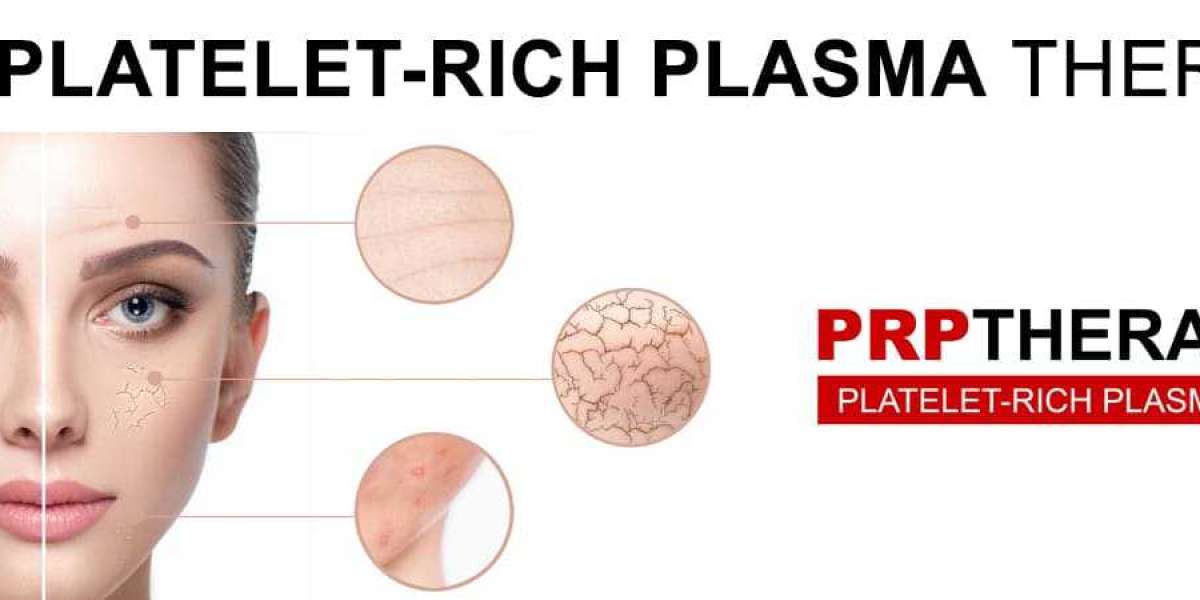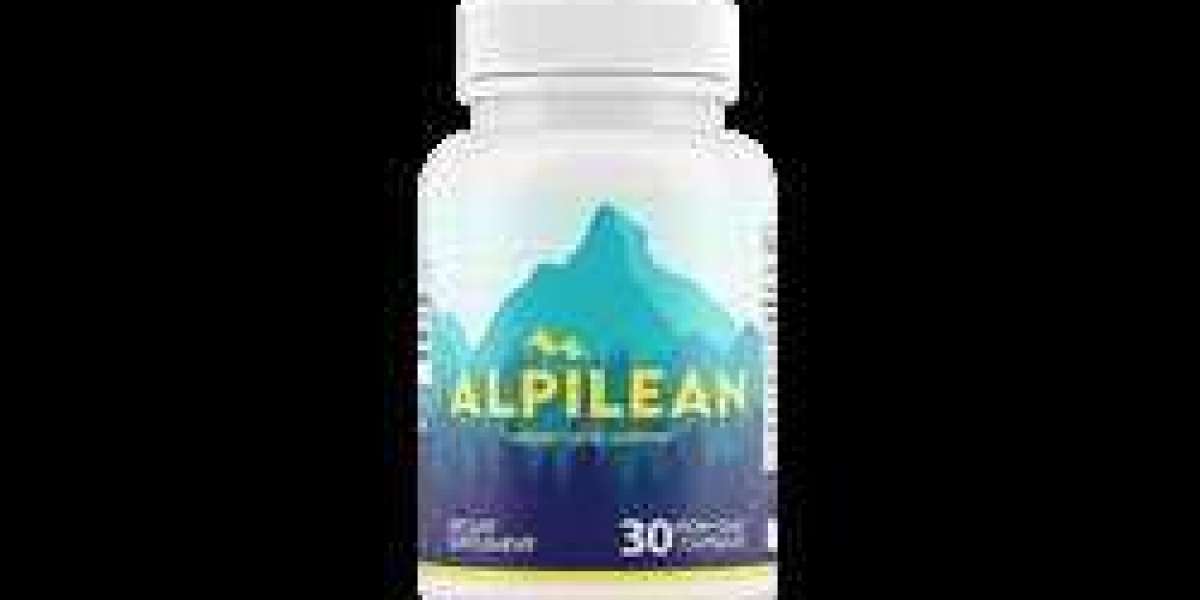Platelet-rich plasma (PRP) therapy is a revolutionary regenerative medicine gaining popularity due to its ability to heal damaged tissues, rejuvenate skin, and promote hair growth. Centrifugation draws a small blood sample from the patient, and the platelet-rich plasma (PRP) is separated from the red blood cells. As a result, the PRP contains a high concentration of platelets and white blood cells that help support cell growth and accelerate the healing process, making it an effective treatment option for many conditions.
PRP therapy has been used in orthopedics, sports medicine, and dentistry for over two decades to promote wound healing and tissue regeneration. However, in recent years, it has also gained popularity in the field of dermatology. PRP therapy is commonly used to treat acne scars, wound healing, skin rejuvenation, and hair loss. The benefits of PRP come from the platelets and the combination of growth factors and cytokines in the plasma.
When released, the platelets harbour an immense reserve of more than 800 proteins, affecting a broad range of targets, including stem cells. These proteins promote tissue repair and healing by stimulating cell growth and angiogenesis, forming new blood vessels. Other essential components in PRP include fibrinogen and leukocytes, which further support tissue healing.








